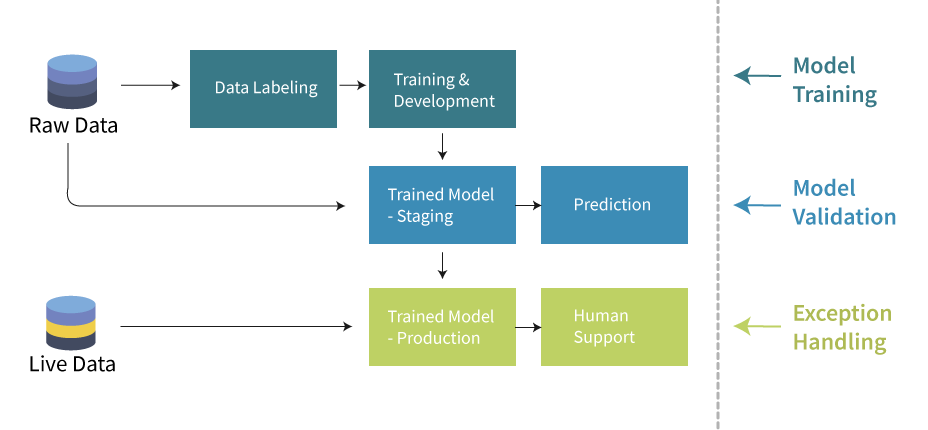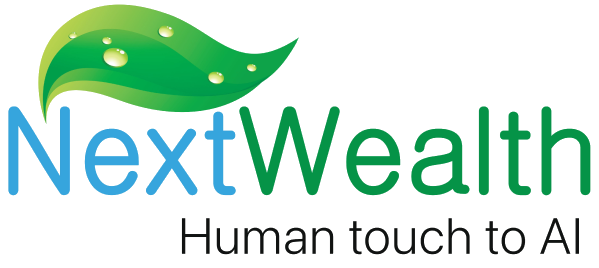AI Possibilities Stir a Debate
In the history of technology, there are many examples of remarkable breakthroughs that have changed our lives dramatically. Right from the first computer to the arrival of internet and cloud and mobility more recently, the challenges of managing change have stirred up debates and inspired leaders to leverage the opportunities. Very few technologies have made as much impact and threatened to affect the socio-economic fabric of mankind as AI. It has permeated everything that we use without our knowledge.
The AI revolution has stirred up a sharp debate. The Dystopian view is that AI will result in loss of countless jobs of lesser complexity, leading to extensive unemployment and wage reduction with grave consequences. The Utopian view is that AI will lead to wealth creation and with the machine doing all the work, the humans can spend their free time to pursue their passions.
Leveraging the Power of AI
It is time to pay attention to the pragmatic view that looks at harnessing the opportunities presented by AI starting with the fundamental principles.
Machine learning (and Deep learning) is all about models trying to learn to perform a few identified tasks well. Quite often they are trying to learn tasks being done by humans currently. While a toddler relates easily and quickly to a ball, a machine needs to be trained extensively to understand it. Shouldn’t humans be teaching them how to perform the task? This is precisely what gets done with data labelling services.
While labeling services for training data is the most obvious opportunity for human touch, the entire AI development cycle presents few more opportunities as given below.
- Model Training
- Model Validation
- Exception handling

Stage 1: Model Training
The entire AI development process is data-driven. So, data labeling is the first human touch process. The input data for the models can come from different sources like web pages, IoT devices, autonomous cars, etc, and in different forms, like voice, images and videos. Data labeling is done by a human and the machine is trained to understand the labeled data. The raw data becomes a gold standard ground truth only with human labeling.
Stage 2: Model Validation
Once the model has been trained with the pre-processed data, it is very important to validate and tune the model with new data that has not been used during model development. Human touch is needed to validate the output of the model, since the data is unlabeled. Human touch provides the helping hand for the performance assessment of the model with any pre-determined metric and further fine tuning is done accordingly.
Stage 3: Exception Handling
In any AI/ML initiative, errors in model development can prove costly in the live production stage. So, for the system to graduate to production stage, it needs to attain a confidence level upwards of 99%! In order to ensure that a model is performing fine, human intervention is most important in production stage to handle exceptions. A model that has the ability to escalate an event to a human-in-the-loop enables live evaluation and correction.
A good example is the emerging checkout-less shopping experience driven by AI, in which customers pick up products off the shelves and walk out without standing in queues to checkout. An AI based software with strategically placed cameras in the store can help identify the products being picked up and add them to the cart, which will avoid the need for checkout. However, when the algorithm is low on the prediction confidence, it can send a segment of the video to the human-in-the-loop, who can then validate and confirm if the right product is added to the cart. If not, the cart can be updated!
Summary: Human on Top
While AI can eventually automate the task routinely done by human, the entire process of AI/ML development and deployment needs human touch at various stages.
A wealth of opportunities awaits us at the next level!
Head image credit : starline / Freepik

